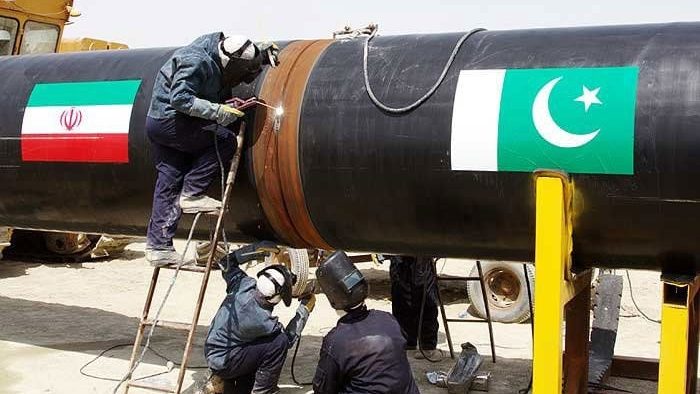A gas disaster is imminent due to a dangerously high line pack pressure

The nation’s system line pack has uncomfortably climbed to 5.070 billion cubic feet per day (bcfd) once more, placing extreme strain on the entire gas transmission network.
This is mostly because the electricity and industrial sectors use less regulated liquefied natural gas (RLNG). Even after the summer season has begun, Sui gas providers are unnecessarily diverting the expensive RLNG to the residential sector in an attempt to reduce the line pack pressure.
Senior officials at the energy ministry informed The News that this will result in a further hike in gas pricing for the domestic market. “If the gas volume increases beyond this limit, the gas transmission system can burst at any time, exposing the nation to a gas and electricity crisis,” the officials said. “The maximum gas volume in the pipeline is 4,500 million cubic feet per day (mmcfd).”
The line pack climbed to 5.003 bcfd during the final week of March 2024, and it again passed the dead level during the Eid vacations. In order to take advantage of the reduction in line pack pressure, an additional 50–100 mmcfd of RLNG is currently being diverted to the domestic sector each day. Previously, the diversion to the domestic sector was between 150 and 250 mmcfd.
“Yes, the system is highly vulnerable to line pack pressures exceeding five bcfd. Sui Company finds it easy to divert RLNG to the domestic sector, despite the fact that domestic gas demand has drastically decreased as summer approaches in Punjab and Sindh and that gas is not needed for heating in the aforementioned two federating units,” the officials stated.
In order to pay the expense of the RLNG diversion, this leads to a high tariff for domestic customers. Even though the current fiscal year’s revenue requirement was Rs701 billion, the government has already raised the gas tariff by up to 193 percent with the goal of raising Rs902 billion in revenue in 2023–2024. This means that consumers will also be responsible for paying the estimated Rs232 billion diversion of LNG costs.
Sui Company continues to divert RLNG to the domestic sector, despite the displeasure of petroleum division officials over Sui Northern’s ongoing diversion of RLNG to relieve pressure in line packs. The cost of gas for many affluent domestic users is Rs4,200 Mmcfd, which is more expensive than even the RLNG price of Rs3,700.
Additionally, the gas supply from five nearby gas sources has been reduced by 150 mmcfd by the authorities. Reducing local gas flow to save the gas transmission system is a risky technique since wells that are almost empty are occasionally compelled to do so, sink, and cannot refill to the previous level of natural gas flow. For these wells to become operational, significant capital expenditure through artificial lift techniques is needed. This is why it is extremely risky to maintain the existing level of local gas output when local gas fields reduce their gas flow.

I am a dedicated student currently in my seventh semester, pursuing a degree in International Relations. Alongside my academic pursuits, I am actively engaged in the professional field as a content writer at the Rangeinn website.









